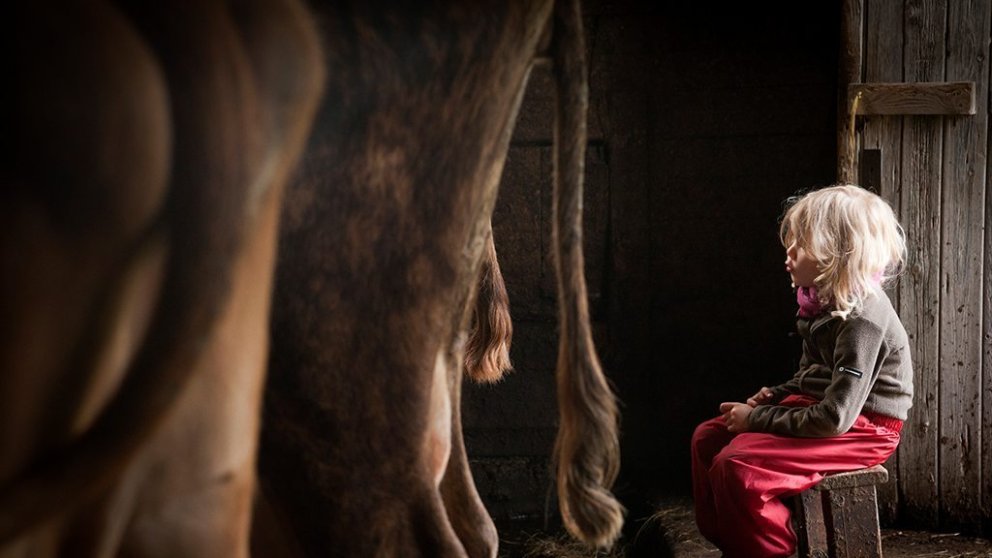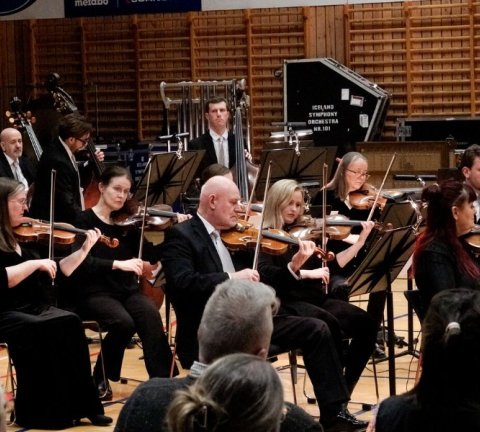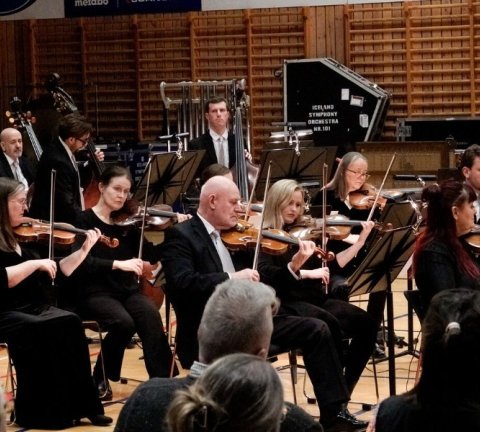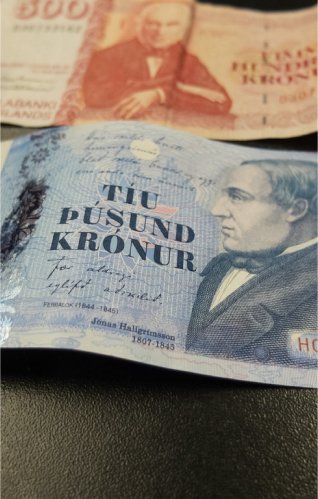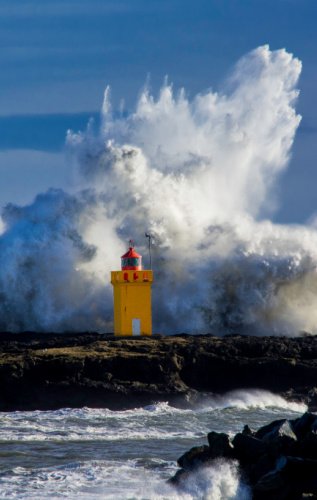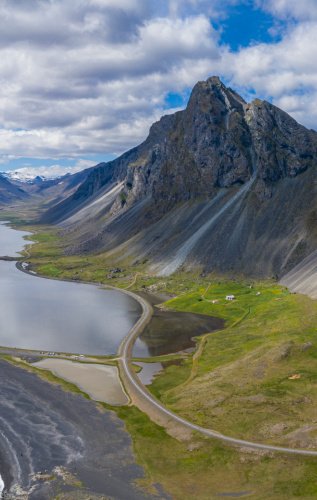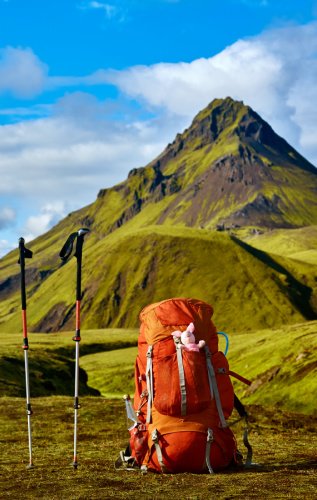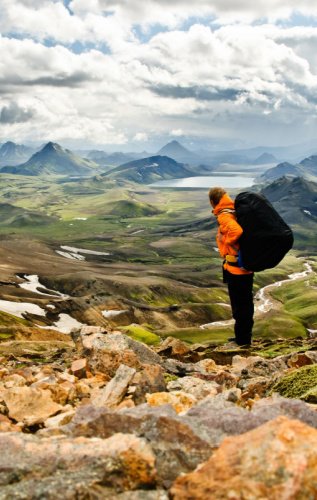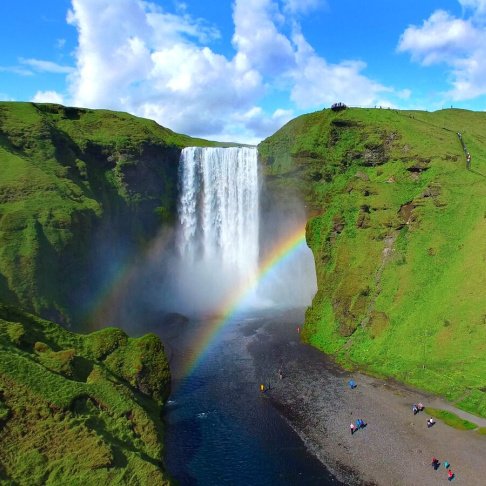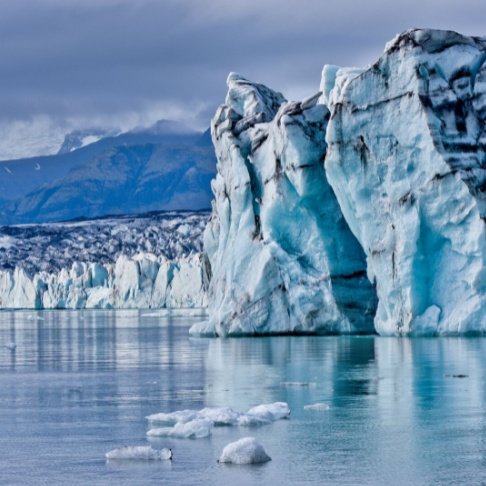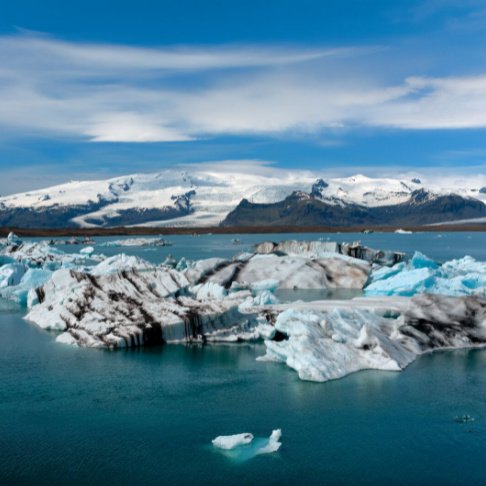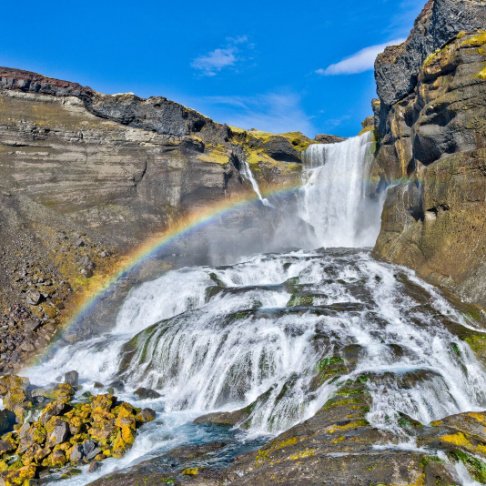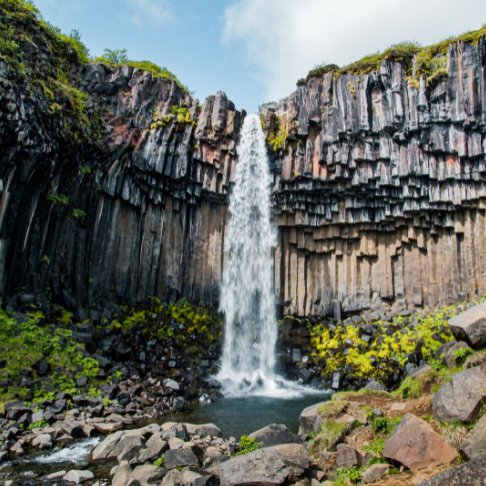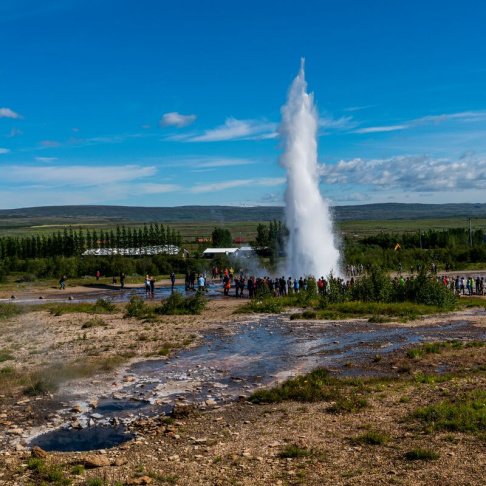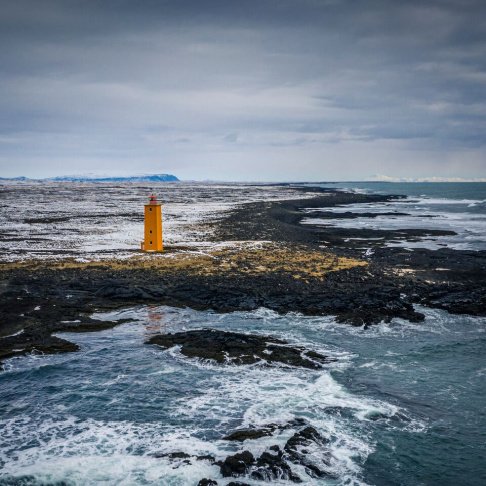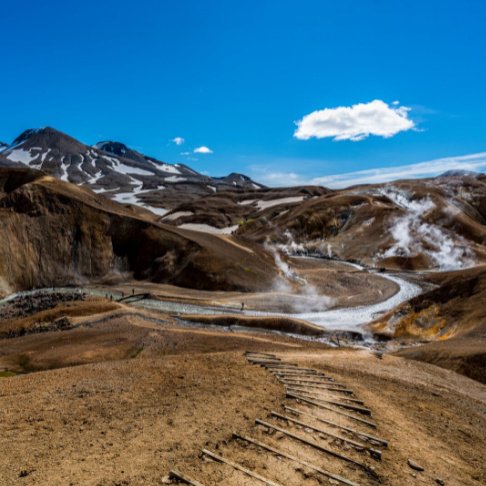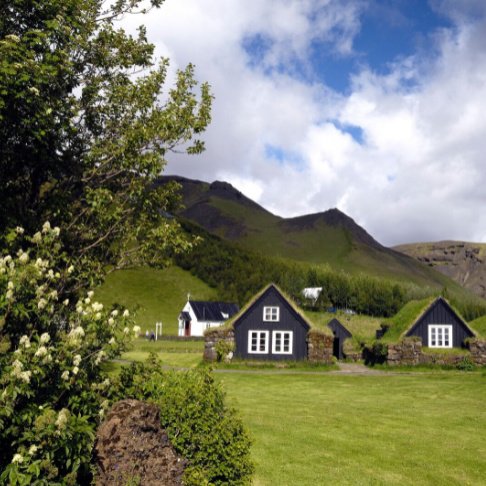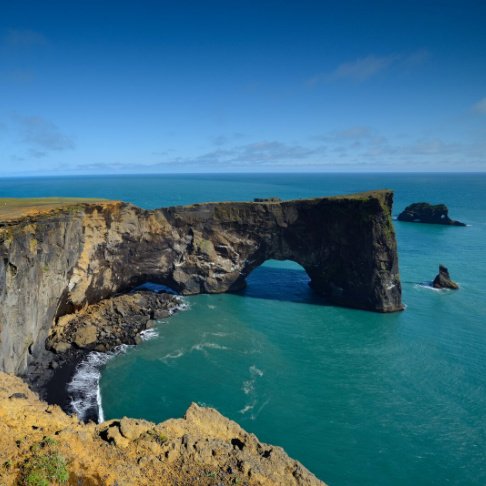Visit North Iceland is responsible for marketing and promotion of North Iceland which is a friendly and tranquil area with a population of 36 thousand, including Akureyri, the largest town outside Reykjavík, and a number of historic coastal towns. Most visited attractions are Vatnajökull National Park, where you find Dettifoss, Europe's most powerful waterfall and lake Mývatn geothermal region with hot springs, volcanic areas, craters, geothermal nature baths and amazing lava formations. We have magical winters with Iceland‘s most popular ski area, energising off-piste skiing and 13 Yule Lads (Santas) on top of unique locations for Northern Lights observation.
Or try searching by Category and/or Location
Visit South Iceland is responsible for tourism, marketing, and promoting events in South Iceland. The area extends from the town of Þorlákshöfn in the West to the city of Höfn in the East, with about 500 km of coastline. South Iceland has a diverse and significant nature with great attractions that are easy to access and experience all year round. The great variety and quality of services enable our guests to enjoy the best of what Iceland offers.
South Iceland is a popular destination for Iceland´s visitors. They come to see the natural attractions of Eyjafjallajökull, Þingvellir, Gullfoss and Geysir, Vík, and Jökulsárlón (Glacier Lagoon), to name just a few places. Access to and around the region is direct from the international airport.
The summer season´s longer days bring cultural events and festivals, travel into the interior, and cycling, backpacking, and hiking trips. During the winter months, it is possible to take northern lights tours, horseback riding, ice-climbing, visit natural ice caves, and other outdoor activities. It is an area of tradition, culture, diverse communities, and various options for great food experiences.
Members of the Visit South Iceland team and representatives from different areas of the South will welcome you at the stand to facilitate access to a whole region of possibilities. Visit South Iceland partnership provides a wide range of services to fit your needs, whether activities, accommodation, dining, or other services.
The three areas of South Iceland
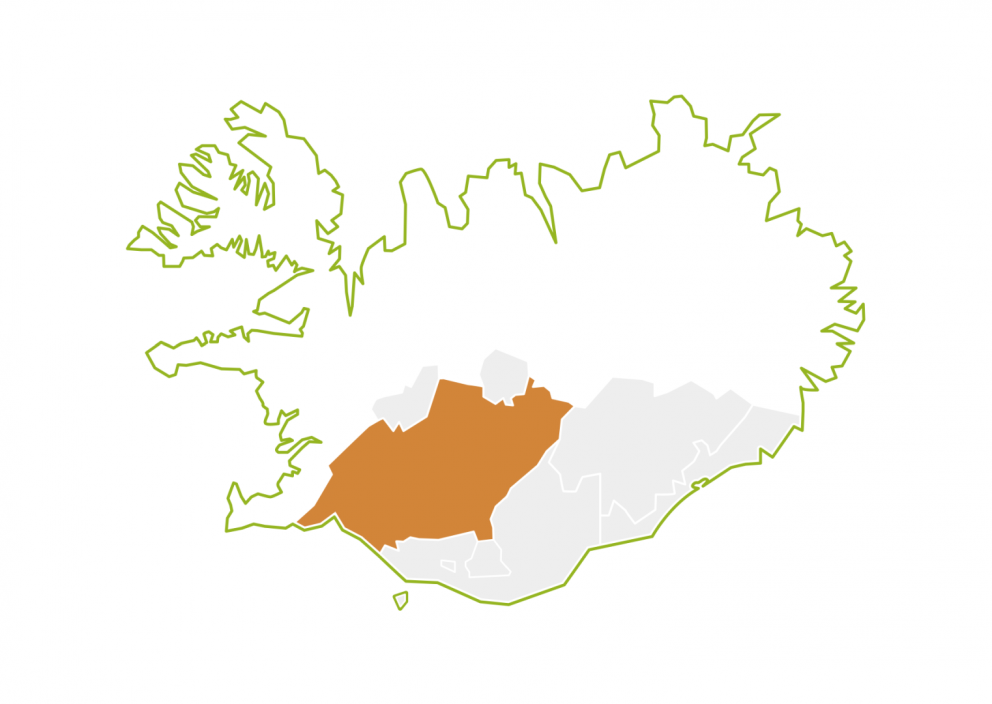
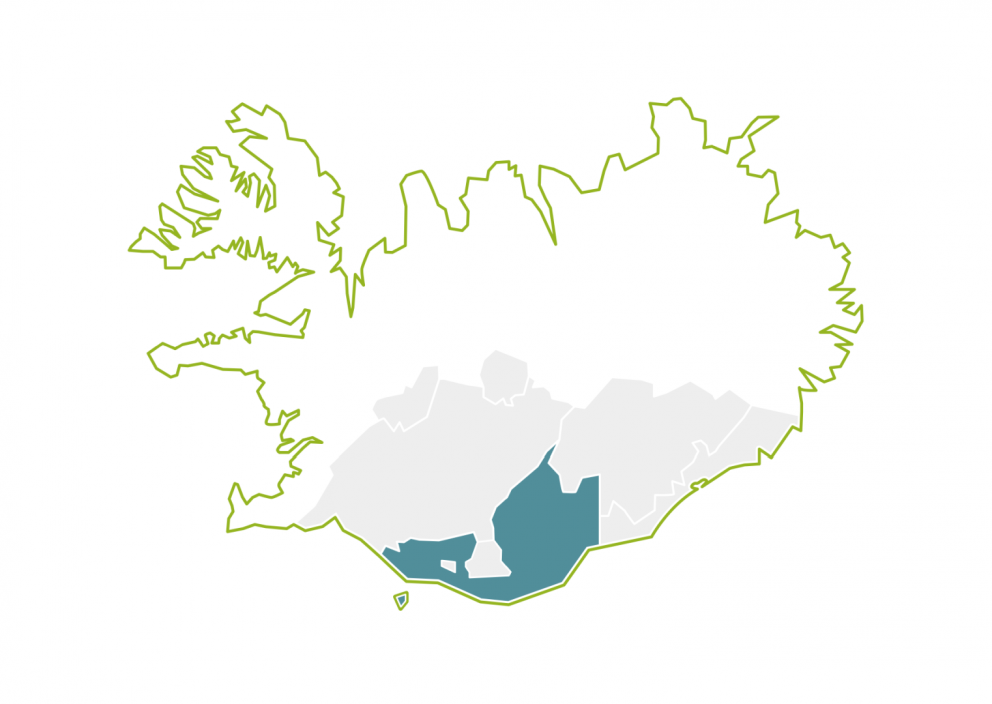
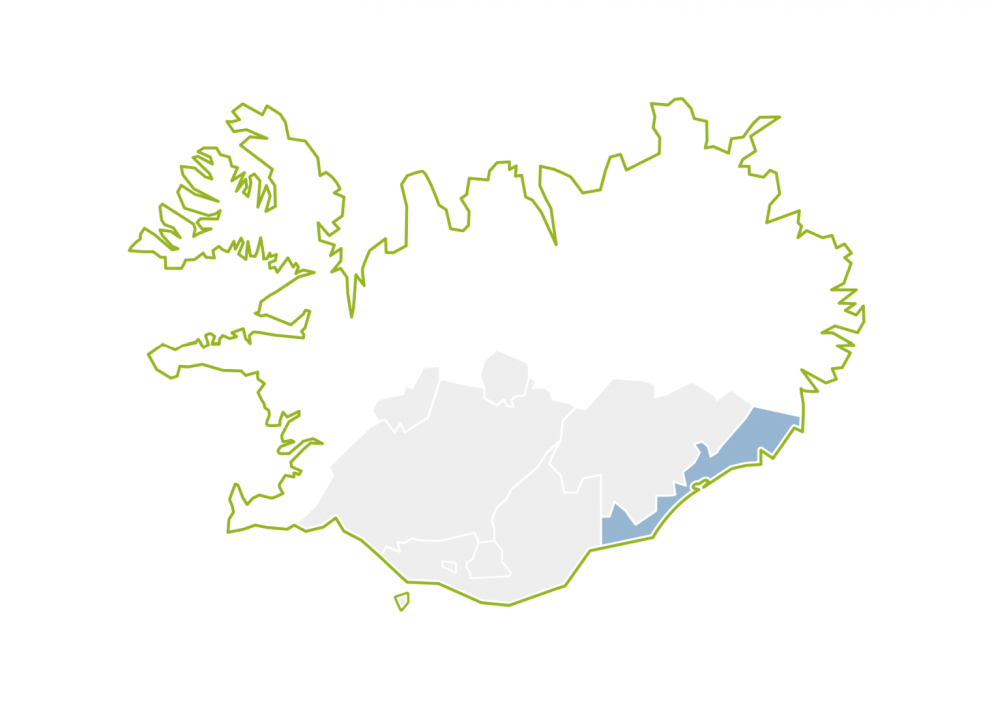
News
-
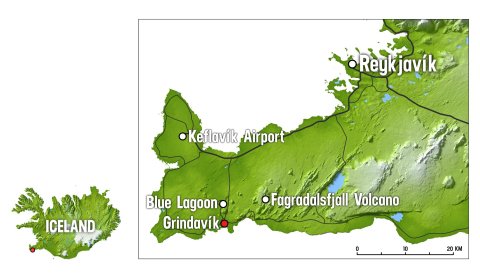
Regarding seismic activity on Reykjanes Peninsula
Information regarding the seismic activity on Reykjanes Peninsula -

Easter Cultural Adventure
South Iceland offers a range of fascinating museums and exhibitions where you can explore history, volcanoes, art, and culture. What better way to spend Easter than soaking up the region’s vibrant spirit? -

Feel the Land - Hear Its Stories
Few things enrich a journey like connecting with local culture. It’s reflected in the landscape, traditions, and everyday life of the past. Heritage museums offer a glimpse into how Icelanders lived, worked, and endured. Insights locals value and visitors remember. -

The Best Birdwatching Spots
As spring arrives in South Iceland, the skies and wetlands fill with life. From puffins on sea cliffs to the eerie calls of the common snipe, this region offers incredible birdwatching opportunities. Here’s where to find them.
Featured Projects
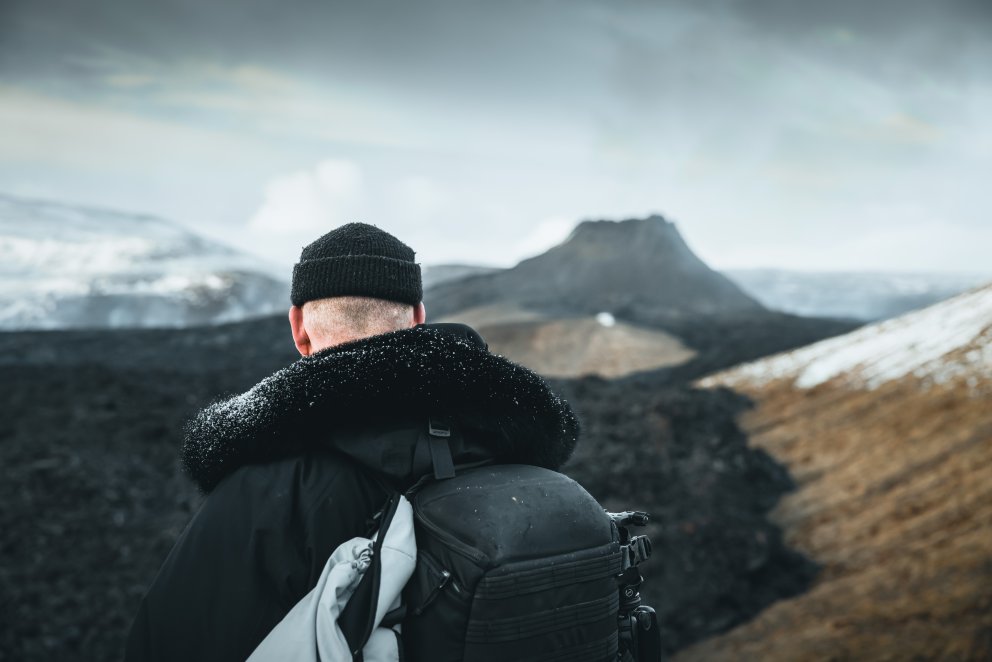
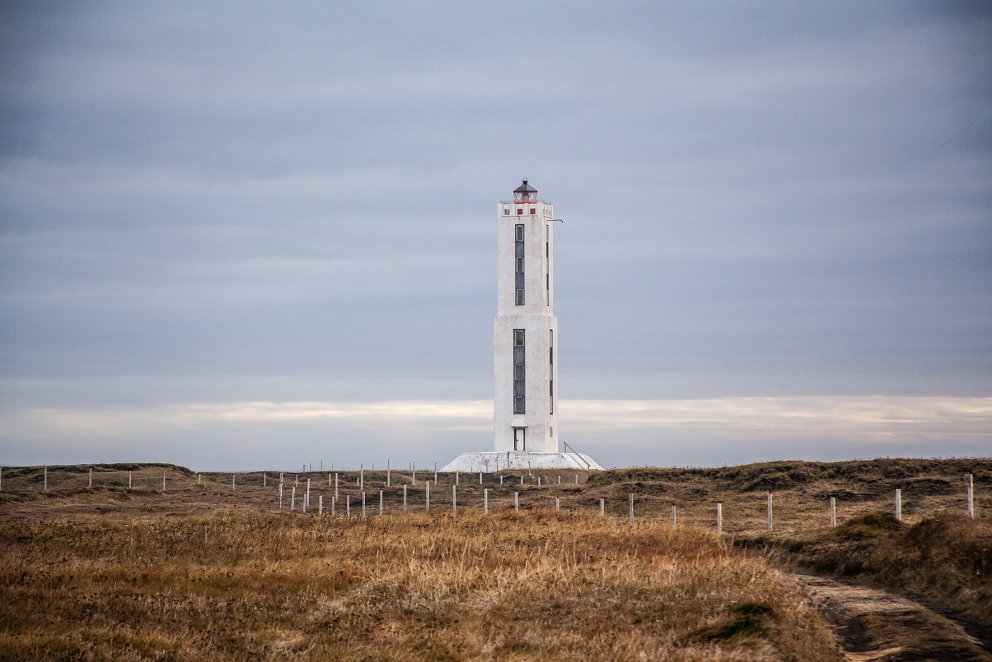
Sustainability
In the heart of the Icelandic tourism sector, sustainable development is not just a goal; it's a necessity. This rings true for South Iceland, where the natural beauty and community well-being are paramount.
For tourism to truly flourish, it must sync with society and nature. This means enriching the quality of tourism experiences while respecting the limits of nature, community tolerance, and visitor enjoyment. Through our Destination Management plan, our ongoing mission is balancing society, tourism, and nature as sustainability’s three main pillars.

Upcoming events
Destination Management Plan
A destination management plan (DMP) is a holistic strategy with tourism as its starting point. The plan creates a framework for the construction and development of South Iceland as a destination.
The aim is to promote responsible tourism through sustainability, which strengthens the economy of communities, improves the quality of life of residents, enhances the experience of tourists, and mitigates the potential negative impact of the tourism industry.
Click here to see a summary of the plan

